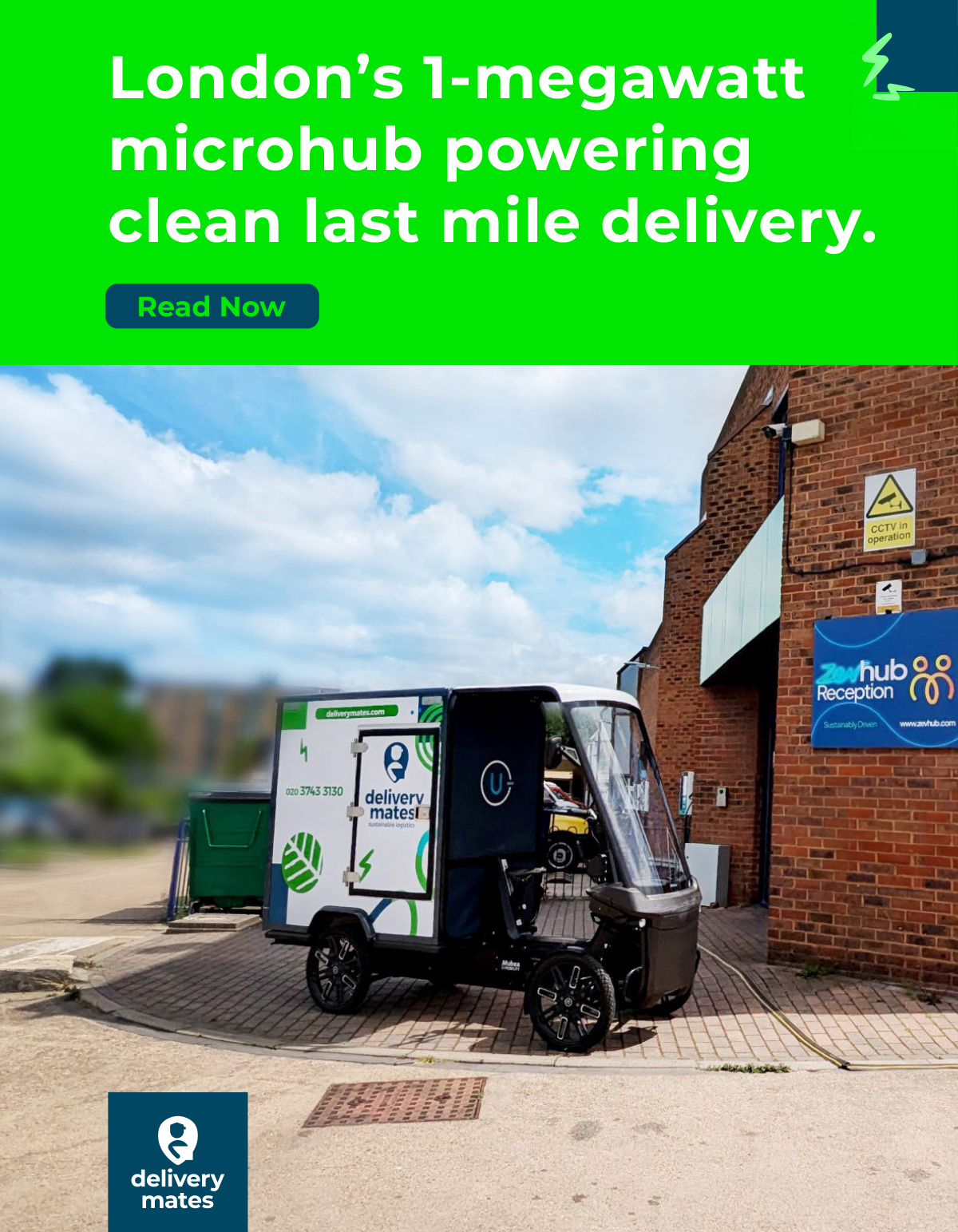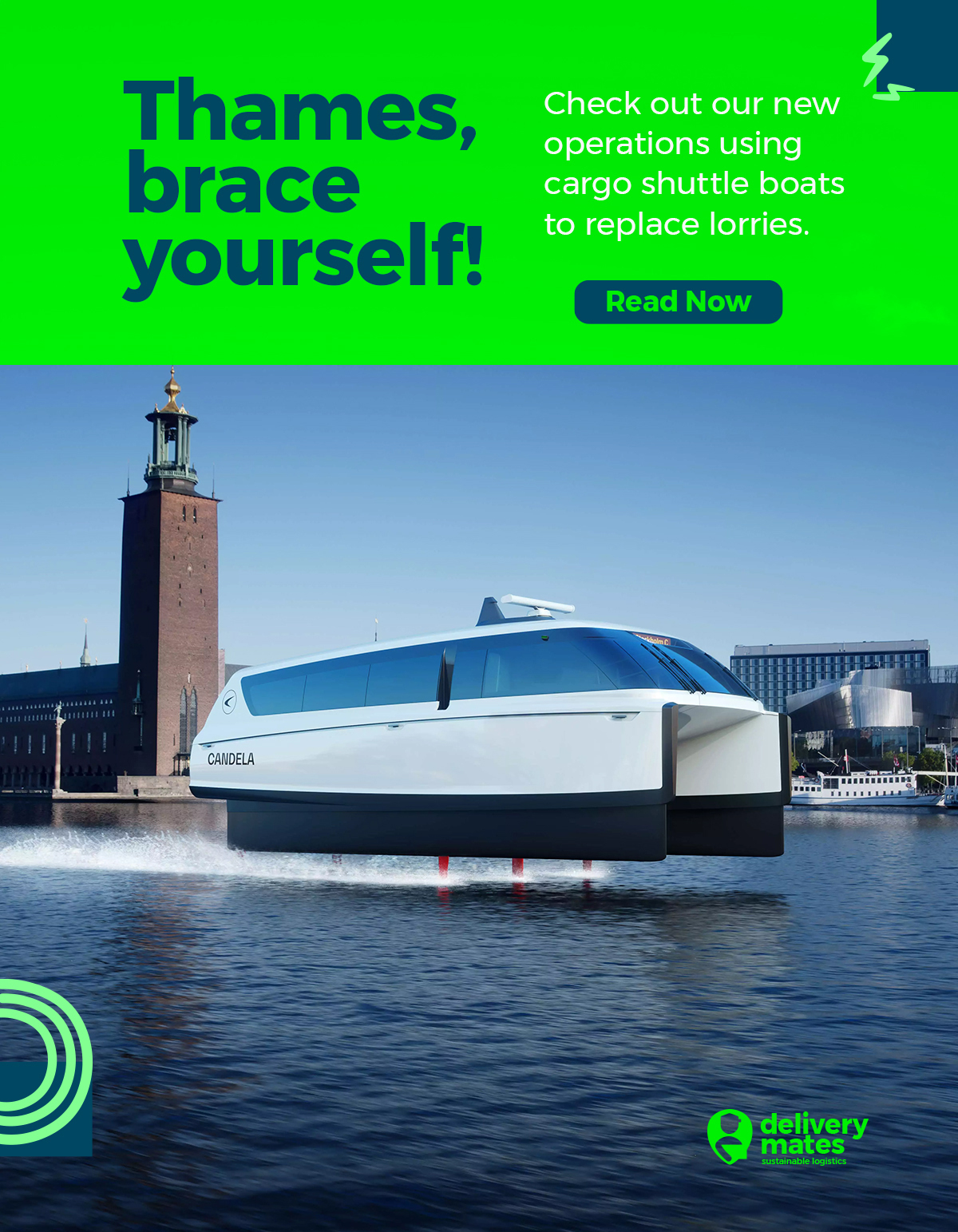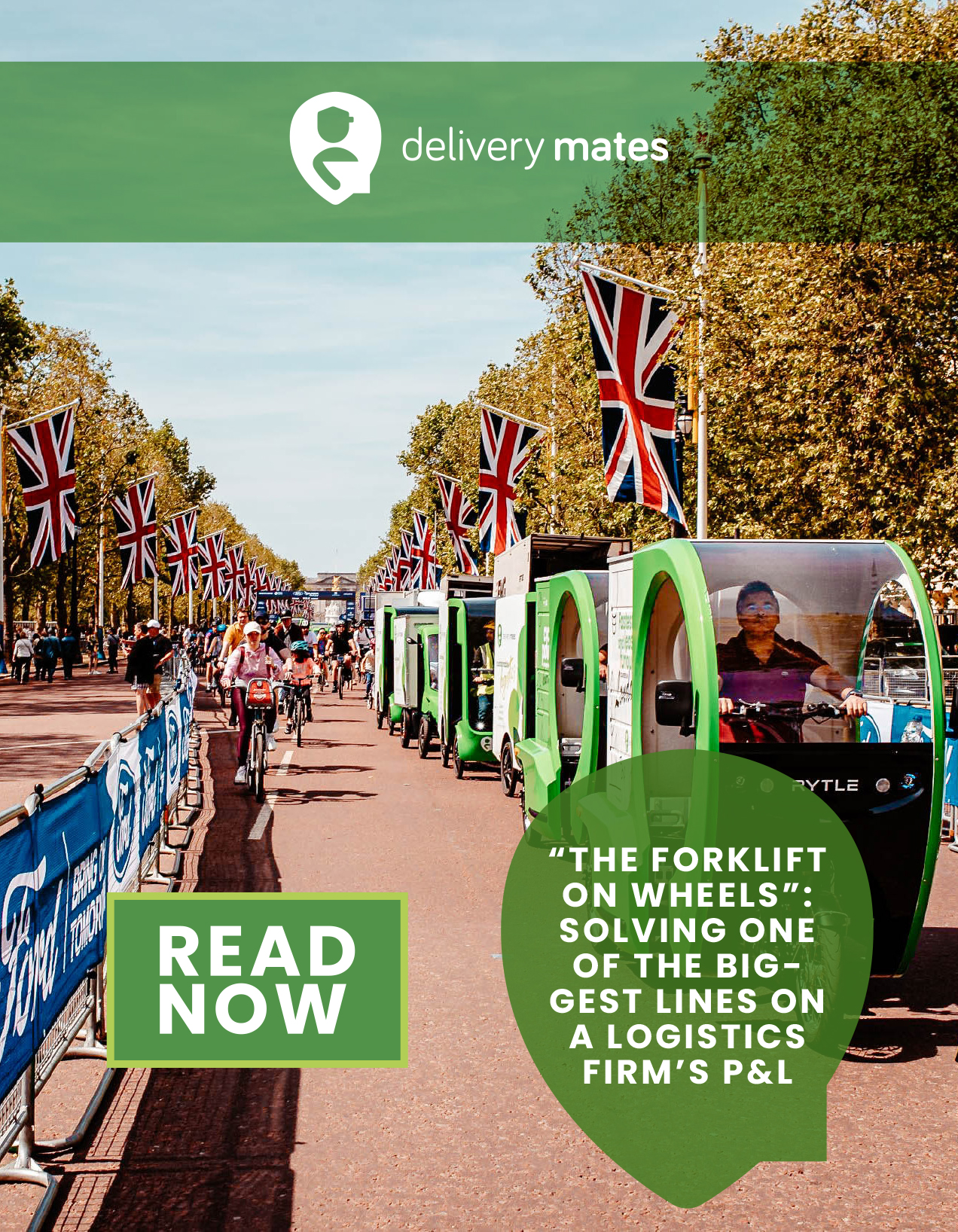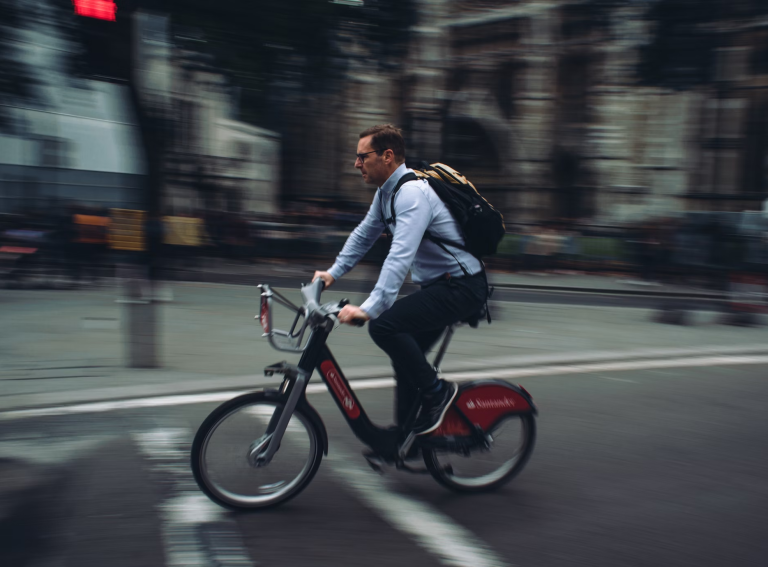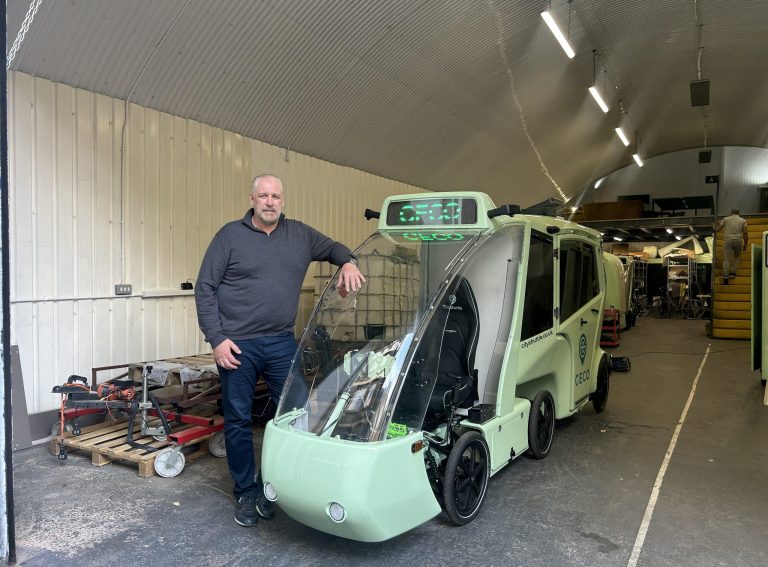Low traffic neighbourhoods (LTNs) reduce traffic volume and cut pollution both within their zones and surrounding areas, according to new research.
LTNs use giant planters, barriers and cameras to restrict vehicle access to residential streets.
Dr Audrey de Nazelle, from Imperial College London’s Centre for Environmental Policy, told Zag Daily: “We have already seen emerging research that demonstrates the benefits of LTNs in reducing traffic injuries and increasing cycling and walking. Neighbouring communities, however, had been expressing concerns about air pollution potentially being displaced on boundary roads. We now know this is not necessarily the case, giving evidence-based backing for the promotion of such solutions to promote city dwellers health and well-being.”
This study by Imperial College London is the first of its kind to use a robust statistical approach to show the impact of LTNs on surrounding areas and the results are “really encouraging”, said the authors of the report.
Using the analysis, the study found that concentrations of nitrogen dioxide fell by 5.7% within the LTNs and just under 9% on their boundaries. Meanwhile, traffic dropped by over half inside the LTNs and by 13% at the boundaries, compared to the controls.
Over the last three years, hundreds of LTNs have been introduced in towns and cities across the UK in an effort to cut traffic and air pollution and make residential streets safer to walk and cycle. Many of the schemes were put in place during 2020 to prevent an increase in vehicle traffic as people avoided public transport through fear of infection.
The authors of the study said that further research is now needed to confirm the findings on a larger scale.

